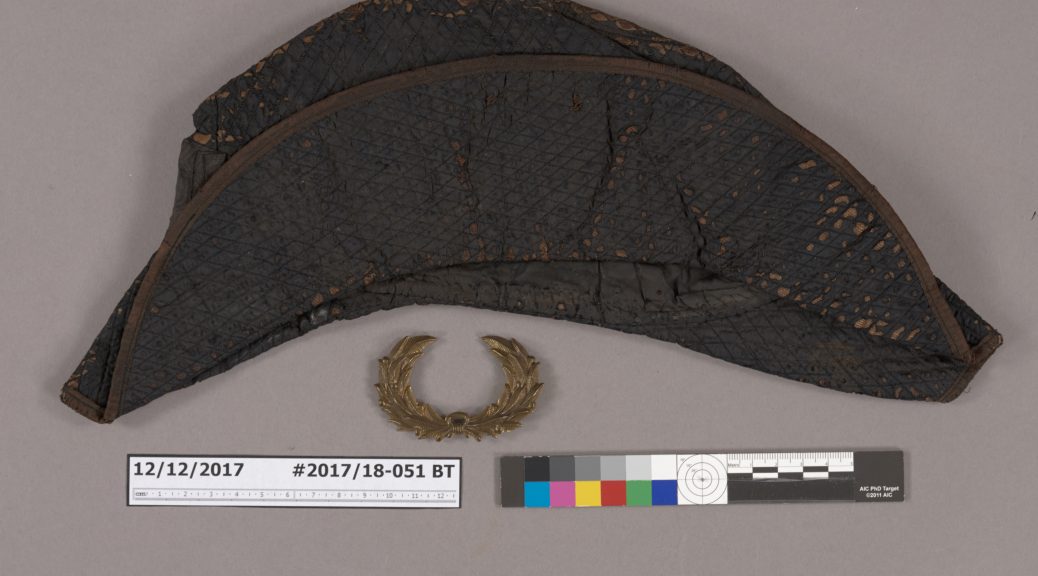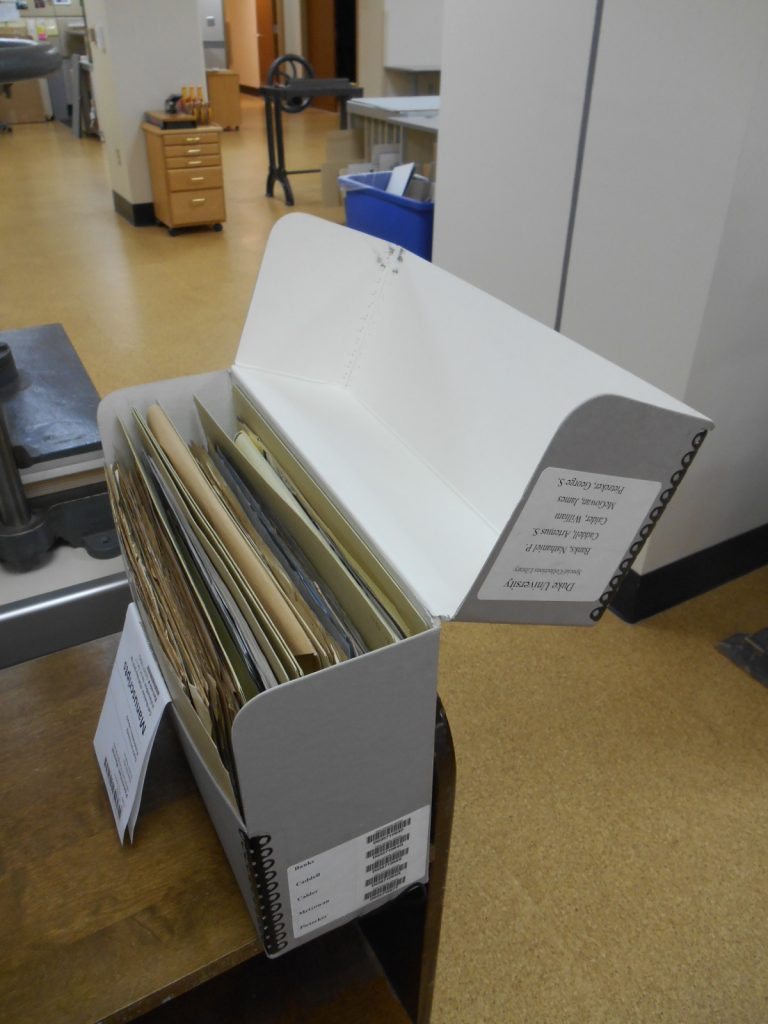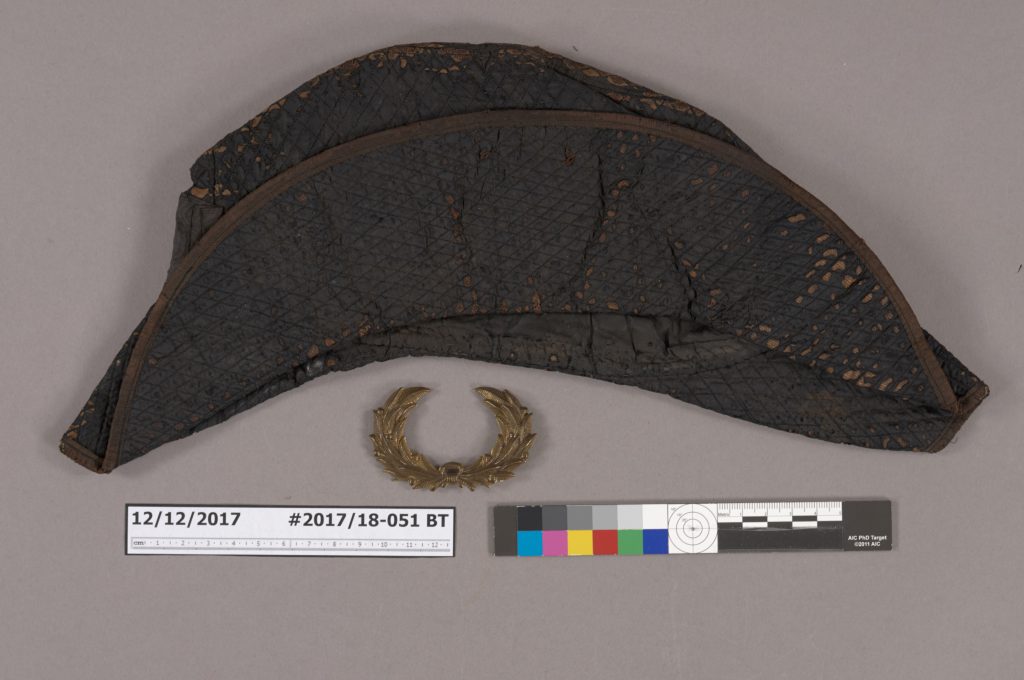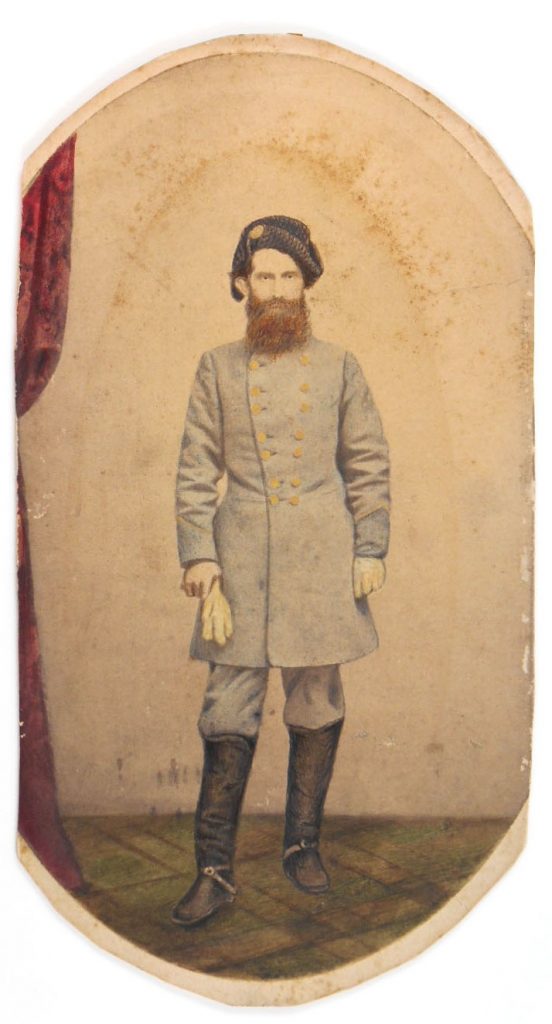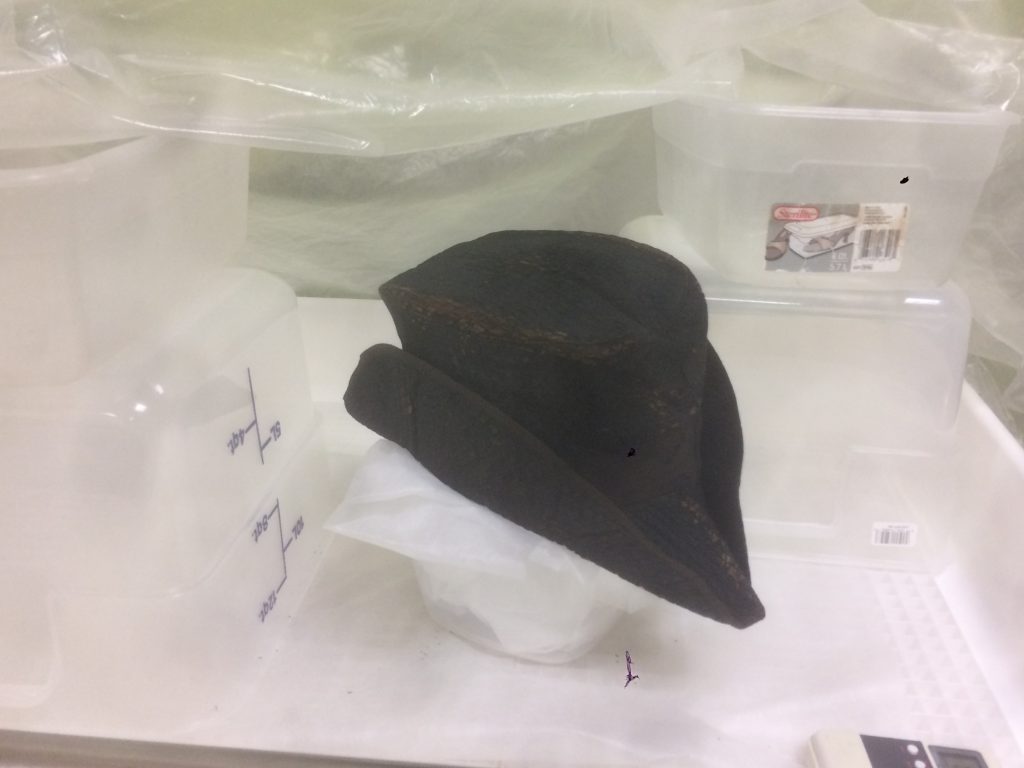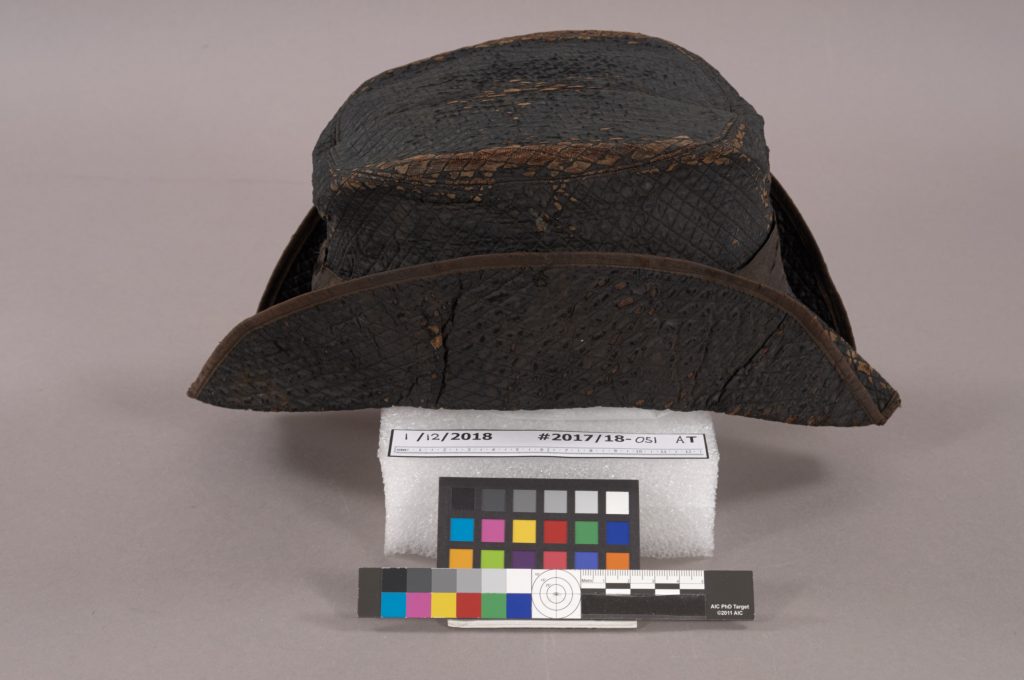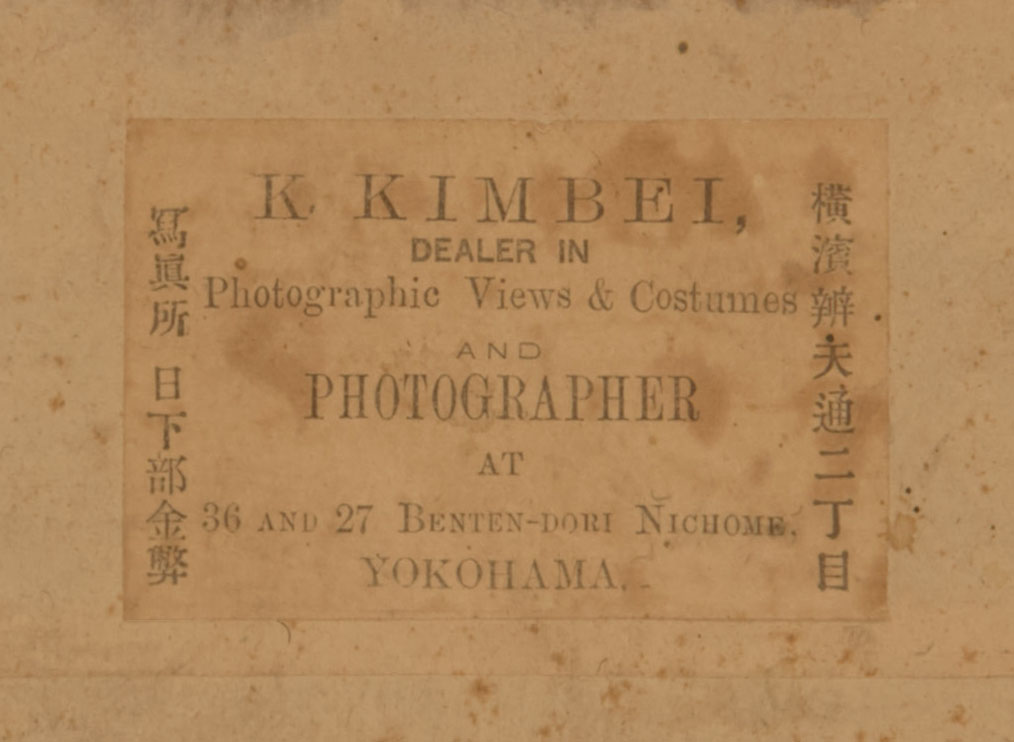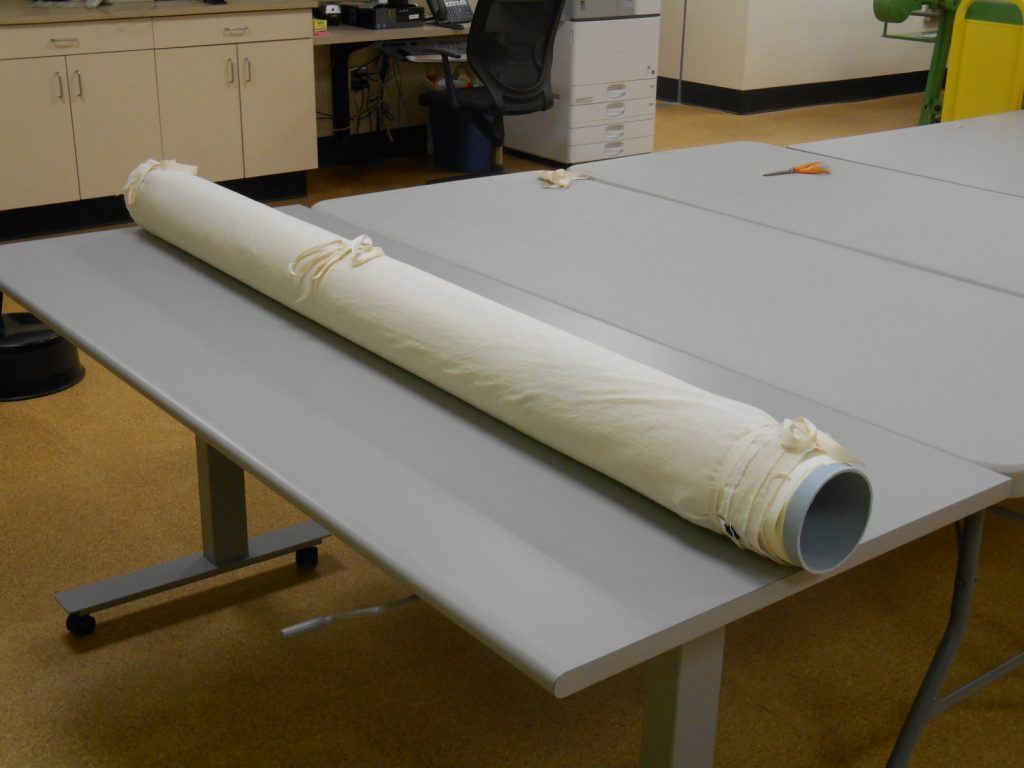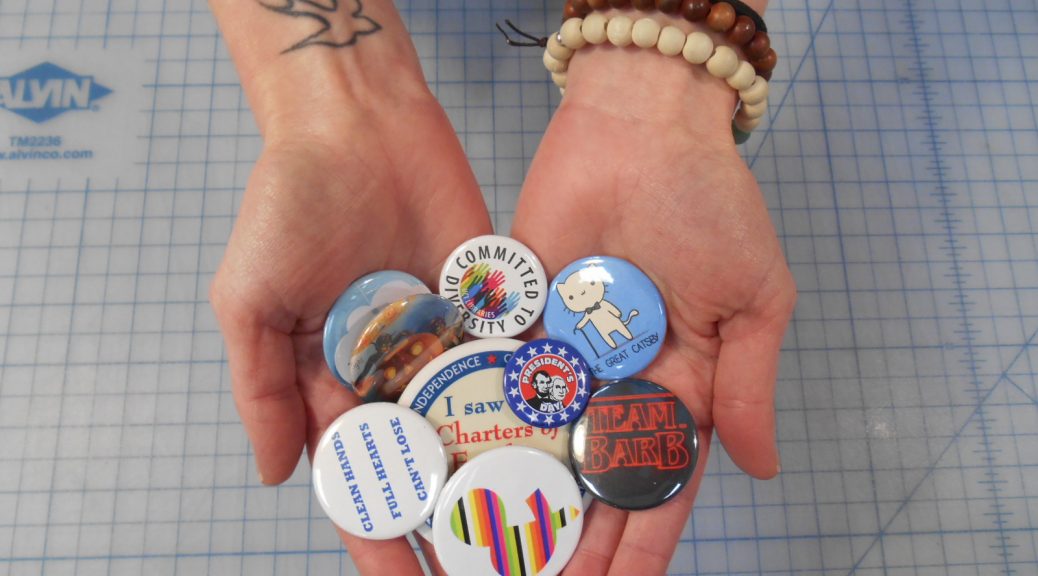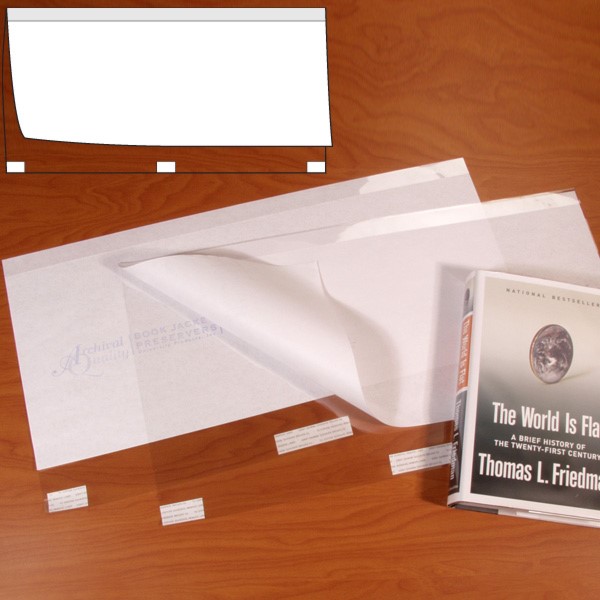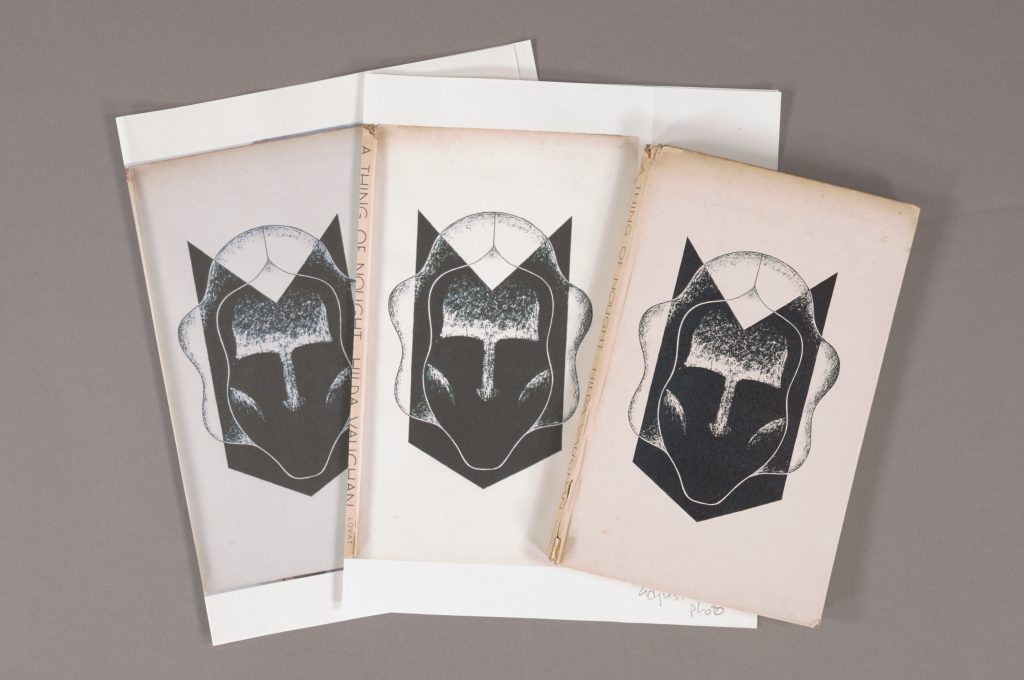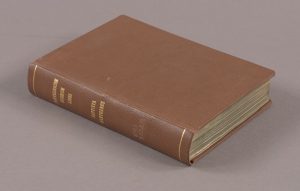 Duke University Libraries seeks qualified applicants for the position of Conservation Technician in the Verne and Tanya Roberts Conservation Lab. This position is an opportunity to work at a major ARL member library invested in the long-term care of and access to its collections. The successful candidate will demonstrate excellent hand skills, the capacity to learn new skills, customer focus, and creative problem solving. We seek candidates who will thrive in an open, engaging atmosphere that focuses on production as well as continuous learning and sharing of knowledge among staff at all levels.
Duke University Libraries seeks qualified applicants for the position of Conservation Technician in the Verne and Tanya Roberts Conservation Lab. This position is an opportunity to work at a major ARL member library invested in the long-term care of and access to its collections. The successful candidate will demonstrate excellent hand skills, the capacity to learn new skills, customer focus, and creative problem solving. We seek candidates who will thrive in an open, engaging atmosphere that focuses on production as well as continuous learning and sharing of knowledge among staff at all levels.
Major responsibilities include treating materials primarily in the circulating collections; creating custom enclosures for both circulating and special collections; overseeing the workflow of materials from circulation points in the Perkins-Bostock Library and the branch libraries; and training and oversight of student assistants. You can see the full position description and position requirements online.
Duke University Libraries values diversity of thought, perspective, experience, and people, and is actively committed to a culture of inclusion and respect. Review of applications will begin immediately and will continue until the position is filled. An electronic resume, cover letter, and list of references should be submitted at: https://hr.duke.edu/careers/apply. Refer to requisition # 401385532.
Duke University is an Affirmative Action/Equal Opportunity Employer committed to providing employment opportunity without regard to an individual’s age, color, disability, gender, gender expression, gender identity, genetic information, national origin, race, religion, sex, sexual orientation, or veteran status. Duke also makes good faith efforts to recruit, hire, and promote qualified women, minorities, individuals with disabilities, and veterans. For more information on careers at Duke University, visit https://hr.duke.edu/careers.



